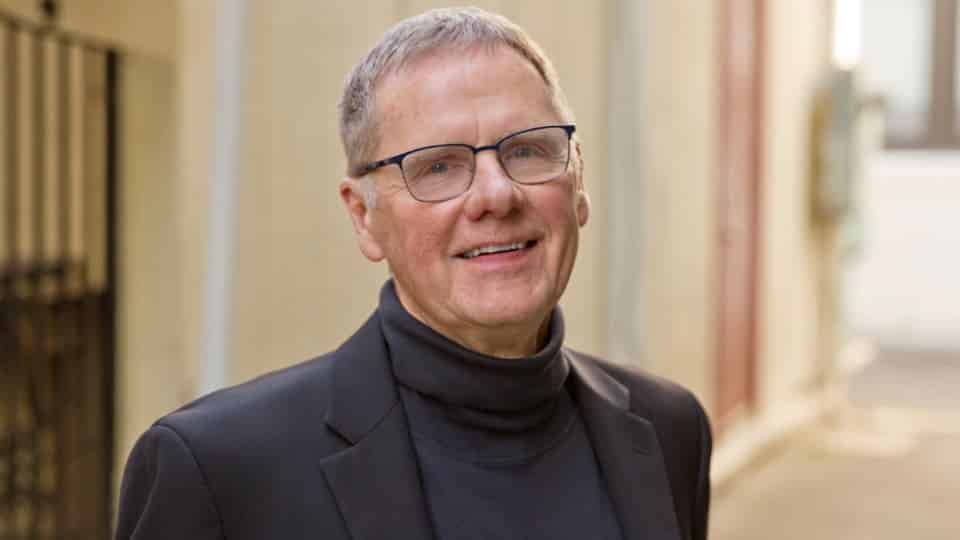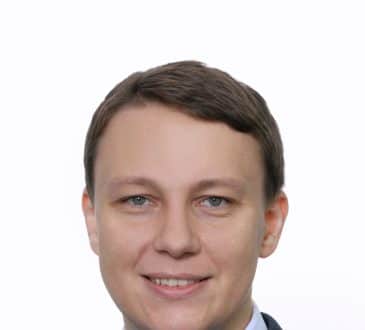Out-of-the-Box Thinking 2.0: 7 Steps to Shape Your Organization’s Future

Imagine living in a world free of limiting labels and demeaning stereotypes. That’s the promise of full-spectrum thinking, the ability to seek patterns and clarity across gradients of possibility—outside, across, beyond, or maybe even without any boxes or categories—while resisting false certainty. Full-spectrum thinking is a robust way to visualize, understand, and make the future better—for a wide diversity of individuals, for society, for politics, and for your organization.
New tools, networks, and a next generation of leaders will make it much easier to practice disciplined full-spectrum thinking. Early practitioners will get a competitive advantage—and it’s not too early to start. Learn more about this new way of thinking, enhanced by new technologies. Develop your skills. Spread the word. Here’s what you can do now:
Pay attention to signals.
Certainly, there are at least a few full-spectrum thinkers around you already. Certainly, there are tools that are already there to help people see beyond narrow categories of thought. Find these early expressions—an innovative new product, service, behavior, initiative, policy, data point, or technology. Reward people for them, and build on them. The discipline of looking for signals encourages people to scan today’s environment and identify potential seeds for tomorrow’s disruption.
Call attention to examples of narrow categorical thinking.
Certainly, there are also cases where your organization and your fellow workers are judging too soon or labeling too narrowly. Mindset matters. Be on the alert for examples of categorical thinking, as well as stereotypes. Point out the limitations of such thinking, and correct it wherever you can.
Experiment with a range of clarity filters to build trust.
From village elders to medical doctors, clarity filters were traditionally trusted voices of authority who helped people make sense of the world around them. Over the next decade, a new wave of digital clarity filters will emerge to help people deal with the tangle of toxic misinformation and avoid false certainty. Consider, for example, how pattern visualization tools might be used in the next generation of advertising or how sensors might facilitate targeting products to customer needs.
Recruit and promote true digital natives for leadership roles.
Today’s young people, many of whom learned full-spectrum thinking through video gaming, will have a competitive advantage in the workforce over older colleagues with a tendency to label people, policies, and ideas. These digital natives want to advance quickly, but often organizations just aren’t designed to provide rapid increases in responsibility (not necessarily with titles) and reward (not necessarily with money). Is your company stuck with slow-moving career paths? Taking steps to accelerate them brings great opportunities.
Make product evolution a strategic priority.
Create a project team to study how your current products could be transformed by a service and experience mentality. Think beyond products. What data does your product collect today, and what could it collect in the future that would provide value for your customers? What experiences are your customers seeking beyond what your current product? Are there issues of trust in your current business model, and how might trust be built in a broader subscription or service?
Emphasize the value of “HRC”: human-computing resources.
In a world where every human will be augmented in some way, the key workplace challenge will be to find the right blend of human and computing. What will humans do best? What will computers do best? Who will decide? There is a vital role here for a reimagined human resources function. Looking to the future, human-computing resources must be mixed, stirred, and amplified. Create a range of scenarios for how your new or transformed “HRC” function should exist.
Hold a “meaning in work” summit.
For many people, work is already an important source of meaning. This may be particularly true for young people, who work very hard if they know why they are being asked to work so hard and what they are pursuing. While the issue of work-life navigation, including flexibility and choice, is critical, meaning must be linked in explicit ways back to purpose. This is a ripe topic for an organizational summit of top leaders—and don’t forget the true digital natives.
Written by Bob Johansen. Have you read?
# Ranking of the World’s best countries for Cultural Influence, 2020
# Ranking of the world’s most powerful people, 2020
Add CEOWORLD magazine to your Google News feed.
Follow CEOWORLD magazine headlines on: Google News, LinkedIn, Twitter, and Facebook.
This report/news/ranking/statistics has been prepared only for general guidance on matters of interest and does not constitute professional advice. You should not act upon the information contained in this publication without obtaining specific professional advice. No representation or warranty (express or implied) is given as to the accuracy or completeness of the information contained in this publication, and, to the extent permitted by law, CEOWORLD magazine does not accept or assume any liability, responsibility or duty of care for any consequences of you or anyone else acting, or refraining to act, in reliance on the information contained in this publication or for any decision based on it.
Copyright 2024 The CEOWORLD magazine. All rights reserved. This material (and any extract from it) must not be copied, redistributed or placed on any website, without CEOWORLD magazine' prior written consent. For media queries, please contact: info@ceoworld.biz
SUBSCRIBE NEWSLETTER








